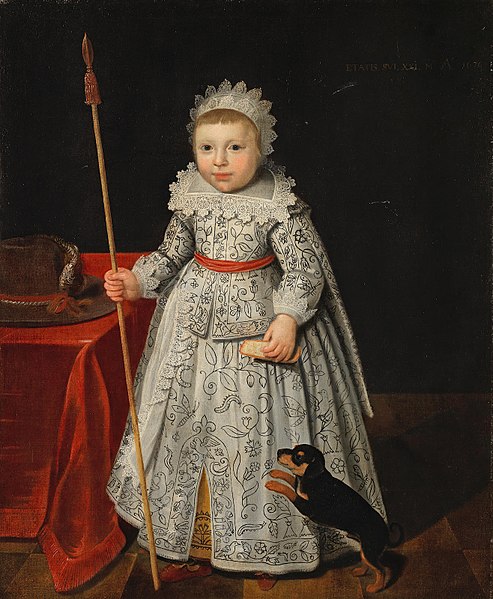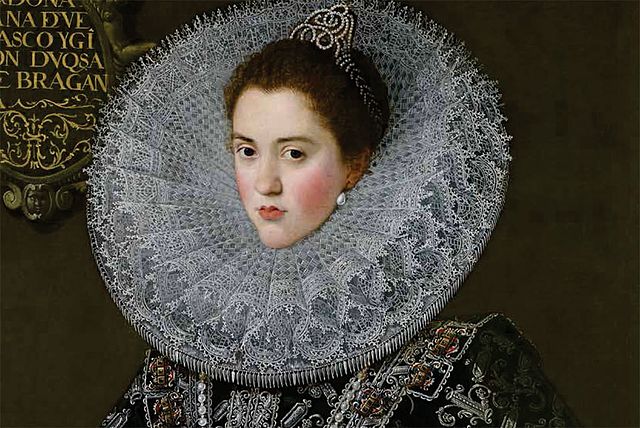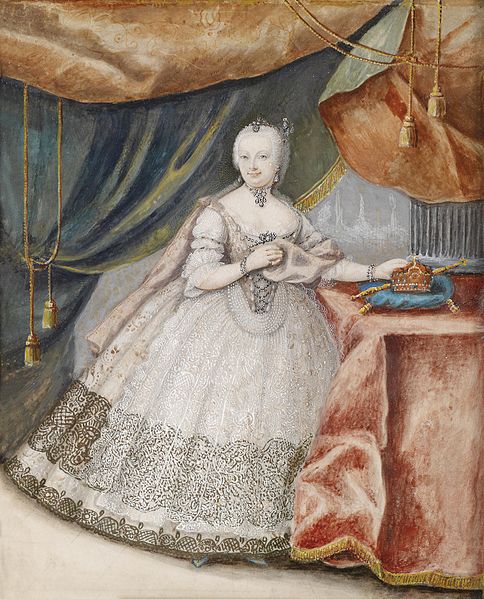
Arsenic and Old Lace is a play by American author Joseph Kesselring, written in 1939. It was made into a film adaptation starring Cary Grant. Students may borrow it through the Thammasat University Library Interlibrary Loan (ILL) service.
As all TU students, especially those in the Bachelor of Science Program in Textile Science and Technology, know, lace is a delicate fabric made of yarn or thread in an open weblike pattern, made by machine or by hand. The TU Library has several books about lace.
Arsenic is a chemical element used in the production of pesticides, treated wood products, herbicides, and insecticides. Since arsenic is highly poisonous, it is now less often used than in previous years.
Arsenic contamination of groundwater is still a problem that affects millions of people around the world. In January 2013, The Bangkok Post reported that Thai jasmine rice has lowest amount of poisonous arsenic of any rice in the world, University of California research finds:
Research by the University of California into fears and claims of arsenic in rice said Tuesday that the world famous Thai khao hom mali had the least amount of the naturally produced poison of any grain in the world. The study, publicised online Tuesday in a press release, also failed to reach any conclusion about the dangers of arsenic in rice. But for those who are worried, it appears that “jasmine rice from Thailand, had the least arsenic,” along with basmatic strains imported into the US from India and Pakistan. The university’s Wellness Letter noted that arsenic in food is widespread, including in fruit juices and fresh fruit from throughout the United States. Recent studies into rice, targeted by many food activists for alleged arsenic content, found that “White rice from Arkansas, Louisiana, Missouri, and Texas (where most U.S. rice comes from) had more total and inorganic arsenic than rice grown elsewhere (including California, India, and Thailand),” the research showed. In addition, so-called healthy rice, particularly brown rice, had far higher levels of arsenic than white rice – and “organic” products are the most poisonous of all.
The United States’ Environmental Protection Agency has stated that all forms of arsenic are dangerous to human health. The TU Library owns a thorough academic study, Arsenic: industrial, biomedical, environmental perspectives.
The title of the play Arsenic and Old Lace refers to a popular romance novel published in 1902, Lavender and Old Lace.
Its author, Myrtle Reed, included many passages describing the elegance of lace as a textile:
In a distant corner was the old cedar chest, heavily carved. She pulled it out into the light, her cheeks glowing with quiet happiness, and sat down on the floor beside it. It was evidently Miss Hathaway’s treasure box, put away in the attic when spinsterhood was confirmed by the fleeting years. On top, folded carefully in a sheet, was a gown of white brocade, short-waisted and quaint, trimmed with pearl passementerie. The neck was square, cut modestly low, and filled in with lace of a delicate, frosty pattern–Point d’Alencon. Underneath the gown lay piles of lingerie, all of the finest linen, daintily made by hand. Some of it was trimmed with real lace, some with crocheted edging, and the rest with hemstitched ruffles and feather-stitching.” .. The velvet-lined case enshrined Aunt Jane in the bloom of her youth. It was a young woman of twenty or twenty-five, seated in a straight-backed chair, with her hands encased in black lace mitts and folded in the lap of her striped silk gown… Miss Ainslie, as always, wore a lavender gown, with real lace at the throat and wrists…. Miss Ainslie was waiting for them in the garden and came to the gate to meet them. She wore a gown of lavender taffeta, which rustled and shone in the sunlight. The skirt was slightly trained, with a dust ruffle underneath, and the waist was made in surplice fashion, open at the throat. A bertha of rarest Brussels lace was fastened at her neck with the amethyst pin, inlaid with gold and surrounded by baroque pearls. The ends of the bertha hung loosely and under it she had tied an apron of sheerest linen, edged with narrow Duchesse lace… The dried lavender flowers rustled faintly as Ruth reverently lifted the garments, giving out the long-stored sweetness of Summers gone by. The white had changed to an ivory tint, growing deeper every day. There were eleven night gowns, all made exactly alike, with high neck and long sleeves, trimmed with tucks and lace. Only one was in any way elaborate. The sleeves were short, evidently just above the elbow, and the neck was cut off the shoulders like a ball gown. A deep frill of Venetian point, with narrower lace at the sleeves, of the same pattern, was the only trimming, except a tiny bow of lavender ribbon at the fastening, pinned on with a little gold heart.
Arsenic and Old Lace features two old ladies dressed in elegant garments who poison visitors with arsenic. The story is told with comedy, which makes the play popular with amateur theater companies.

Arsenic and Old Lace in Thailand
In the TU Library collection is a book, Travelers’ Tales Thailand: True Stories by James O’Reilly and Larry Habegger. It is available in an edition from 1993 in the Rare Books Special Collection Room 2 in the Pridi Banomyong Library, Tha Prachan campus.
A later edition of the book, from 2002, is also shelved in the General Stacks of the Thammasat Library, Pattaya Campus.
Travelers’ Tales Thailand: True Stories describes how after the Second World War, many cinemas opened across Southeast Asia, and the first film that was screened at these movie theaters was Arsenic and Old Lace, starring Cary Grant:
The arrival of the movies played their part in the vision of the new Thailand. In a single year, 1950, hundreds, perhaps thousands of movie theatres opened up all over south-east Asia, the first film on general release being Arsenic and Old Lace. With this the shadow play that had entertained so many generations of Thais was wiped out overnight. A multitude of mothers throughout the land had worked.

Thailand and Lace
Thailand has a number of distinguished lace manufacturing companies. Royal Universal Lace in Bangkok is a center for premium lace and embroidered fabrics. As its website informs us, since the year 2000, Swiss machinery has been used to produce top quality lace.
Bangkok Lace Company Ltd., an embroidery lace manufacturing company, was founded in 1958 and pioneered in importing embroidery-stitch machines from Japan and Switzerland to create a base for embroidery in Southeast Asia.
As its website indicates, Bangkok Lace Company Ltd. is located in the central commercial district of Bangkok, near Chinatown, Rajprasong Pier and Sampeng Street Market. Its production unit, design center, and finishing and quality control center are at Bang Pa-In Industrial Estate, Bang Pa-in District, Phra Nakhon Si Ayutthaya.

(All images courtesy of Wikimedia Commons)
